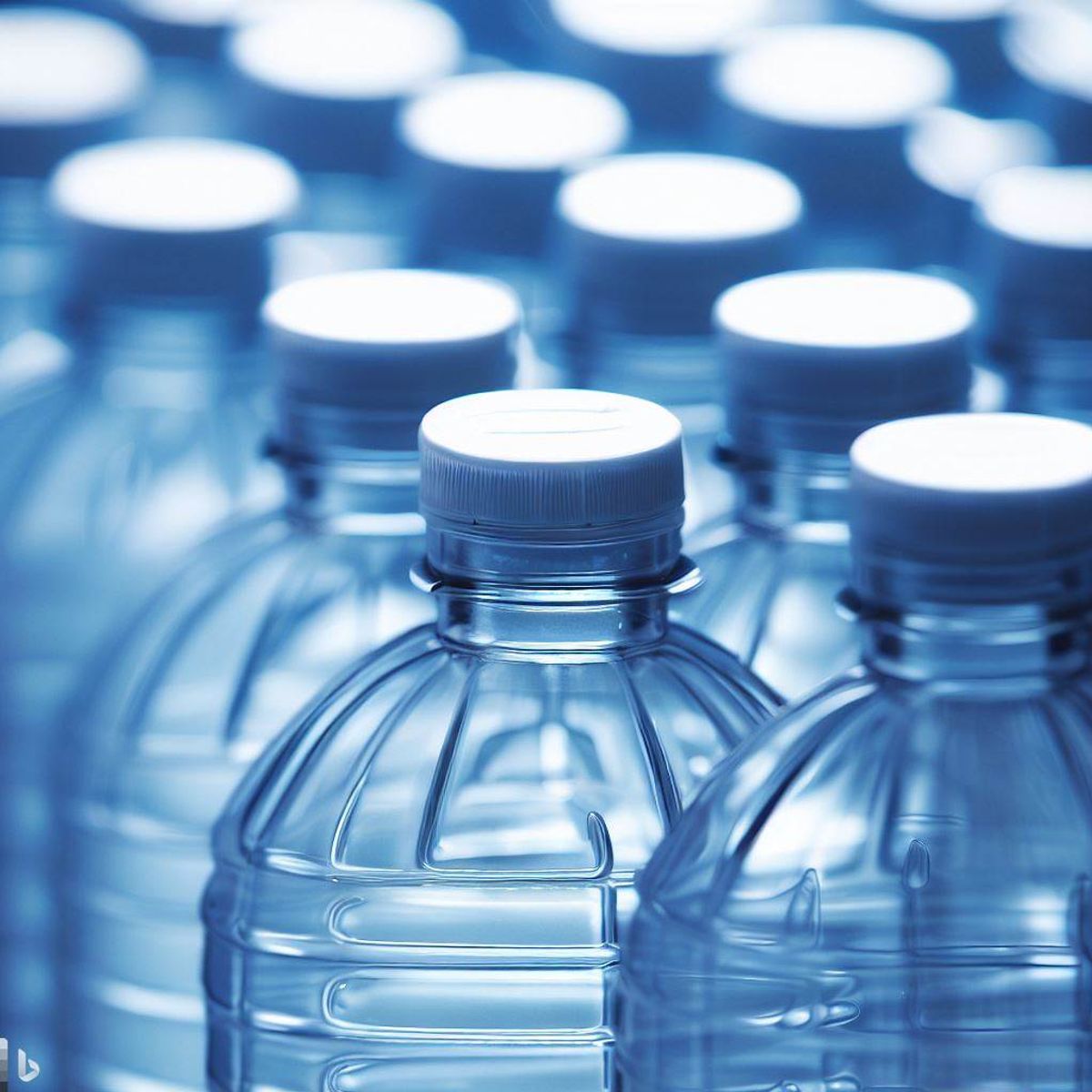
In our fast-paced world, plastic bottles have become an integral part of our daily lives. Among various types of plastic bottles, PET (Polyethylene Terephthalate) stands out as a widely used and environmentally friendly material. PET plastic bottles have revolutionized the packaging industry, offering numerous benefits that make them a popular choice for beverages, personal care products, and much more. In this article, we will delve into the world of PET plastic bottles, exploring their properties, applications, environmental impact, and the efforts taken to ensure their sustainability.
Understanding PET Plastic:
PET, short for Polyethylene Terephthalate, is a type of thermoplastic polymer resin that was first synthesized in the 1940s. However, it was not until the 1970s that PET plastic bottles gained popularity as a packaging material, primarily for carbonated beverages. The lightweight and versatile nature of PET bottles quickly led to their adoption for a wide range of products, including water, juices, soft drinks, condiments, and even household chemicals.
Properties of PET Plastic:
The widespread use of PET plastic bottles can be attributed to their remarkable properties, making them an ideal choice for packaging applications:
1. Lightweight: PET bottles are significantly lighter than traditional glass bottles, reducing transportation costs and lowering carbon emissions during shipping.
2. Transparency: PET's transparency allows consumers to easily identify the contents, enhancing the overall visual appeal of the product.
3. Durability: PET bottles are resistant to impact and do not shatter like glass bottles, making them safer for handling and transport.
4. Barrier Properties: PET exhibits excellent gas and moisture barrier properties, helping to preserve the freshness and shelf life of the packaged products.
5. Recyclability: One of the most significant advantages of PET is its recyclability. PET bottles can be collected, processed, and recycled into various products, reducing the environmental burden.
Applications of PET Plastic Bottles:
PET plastic bottles have found a wide array of applications across various industries. Some of the common uses include:
1. Beverages: PET bottles are widely used for packaging water, carbonated soft drinks, juices, sports drinks, and energy drinks.
2. Personal Care Products: Shampoos, conditioners, body lotions, and other personal care products often come in PET bottles due to their resistance to moisture and chemicals.
3. Food Products: Condiments, salad dressings, cooking oils, and other food items are frequently packaged in PET bottles.
4. Household Products: Cleaning agents, detergents, and liquid soaps are commonly sold in PET containers.
5. Pharmaceuticals: Many over-the-counter medicines and syrups come in PET bottles due to their hygienic and tamper-evident properties.
Sustainability and Environmental Impact:
The increasing concern about plastic pollution and its impact on the environment has raised questions about the sustainability of PET plastic bottles. While it is true that plastic pollution is a serious issue, PET bottles, when managed properly, offer significant environmental advantages over other materials like glass or metal.
1. Recyclability: PET is a highly recyclable material, and recycling PET bottles significantly reduces their environmental impact. Recycling PET bottles not only conserves valuable resources but also helps reduce the amount of plastic waste ending up in landfills or oceans.
2. Energy Efficiency: PET production requires less energy compared to glass or aluminum, resulting in a smaller carbon footprint.
3. Lightweight Design: The lightweight nature of PET bottles reduces fuel consumption during transportation, further lowering greenhouse gas emissions.
4. Innovations in Recycling: Technological advancements have led to the development of processes to recycle PET bottles into a variety of products, including polyester fibers for clothing, carpets, and even new PET bottles.
5. Awareness and Collection Initiatives: Various organizations and governments have taken steps to increase public awareness and promote the collection of PET bottles for recycling, further supporting sustainability efforts.
Challenges and Future Outlook:
Despite the many advantages of PET plastic bottles, some challenges remain in their sustainable management. Proper collection, recycling infrastructure, and public awareness are crucial aspects that need further attention to enhance the sustainability of PET bottles. As the world becomes more conscious of environmental issues, industries are actively seeking innovative solutions to address these challenges.
In the future, we can expect to see advancements in recycling technologies, greater use of recycled PET (rPET) in bottle production, and the development of alternative bio-based plastics that offer similar properties to PET but with a reduced environmental impact.
